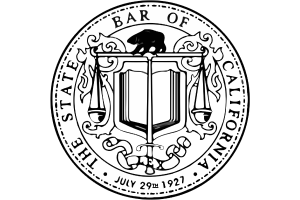Non-citizens, including lawful permanent residents, can experience profound immigration consequences for even minor or very old criminal convictions. Prior to 2017, California law only allowed defendants to challenge their conviction while they were in actual or constructive custody, i.e. parole or probation. As a result, countless people were left with no recourse and way of…
Continue reading ›Immediate Response!









